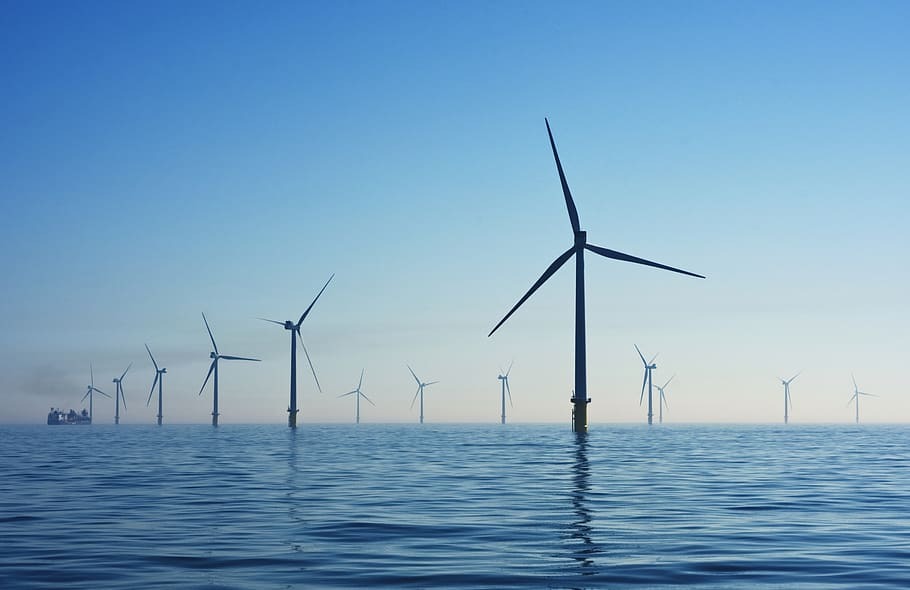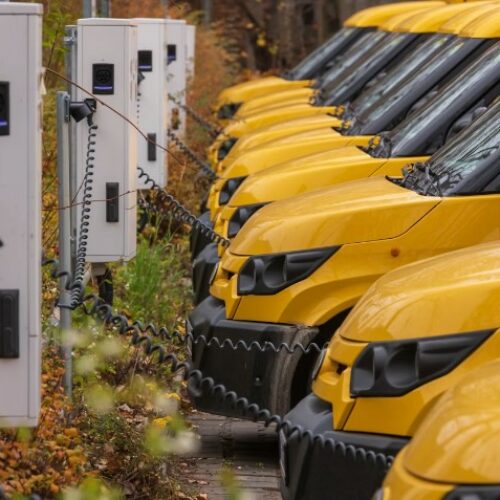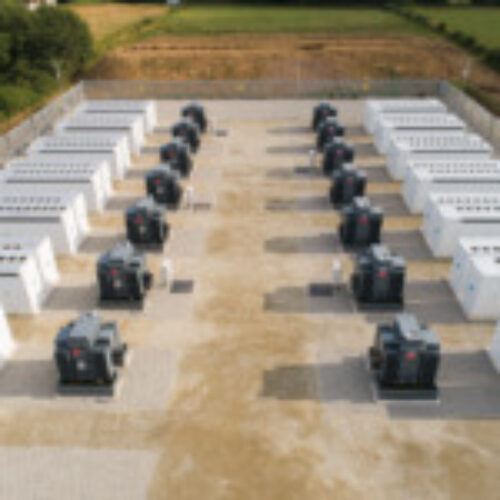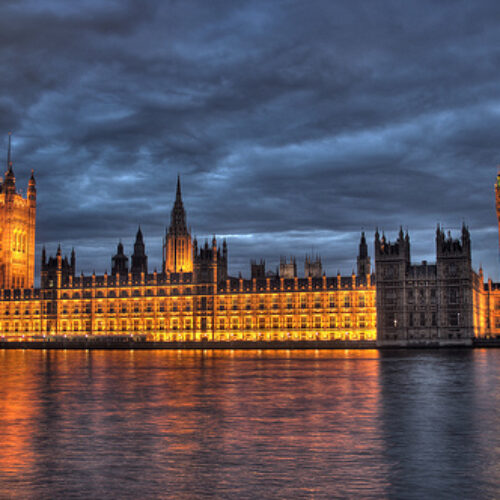Renewables are “on the brink” of becoming Britain’s main electricity source, according to research by EnAppSys.
In the energy analysis firm’s most recent market analysis, renewables only narrowly missed out on overtaking gas as the largest source of electricity. In 2019, 104.8TWh of Britain’s electricity came from renewables, just shy of the 115.1TWh produced by gas-fired power stations.
This represents a marked growth, with renewables accounting for 34.9% of the overall mix last year, in comparison with just 8.9% in 2011.
The 2019 mix was dominated by wind power, which made up 56.6% or 59.3TWh of the renewable share. This was followed by biomass accounting for 25.6%, and the rest made up by solar and hydro power, both of which saw slight increases in 2019.
Gas still outdid renewables however, making up 38.3% of the overall mix. The cost of gas also decreased significantly throughout the year, more than offsetting rising carbon prices. This was the largest contributing factor in wholesale energy costs falling by 25%, from £57.44/MWh on average to £42.86/MWh by the end of 2019.
Coal was again down, and now makes up just 2% of Britain’s mix, and nuclear also declined, falling from 61.0TWh in 2018 to 53.0TWh. This was predominantly due to planned outages, as Britain’s aging nuclear fleet required maintenance. Since 2016, the amount of nuclear generation has dropped by 20%.
Paul Verrill, director of EnAppSys, said: “Last year renewables continued their ongoing rise and, based on current trends, look set to overtake gas as Britain’s main power source. When that will be is open to question. It could have been as early as this year, but overall levels of renewable generation have slowed recently despite the rise in offshore wind farm projects.”
Another area of growth last year was interconnectors, with a 10% increase on 2018’s levels. This was partly because of the new NEMO interconnector to Belgium. As such, electricity from interconnectors reached a record high of 21.4TWh last year.
“Levels of interconnector capacity are set to grow significantly in future years as further interconnections to France and other markets such as Norway and Denmark are built,” continued Verrill. “This will potentially allow for greatly increased levels of interconnector imports. Whether this happens or not largely depends on whether the current difference in carbon pricing between Britain and the continent remains in place.”
“In Britain the Carbon Price Support levy, which amounts to roughly £18 per tonne of CO2, is significantly higher than carbon taxes imposed by other European countries. If this disparity remains, it is likely to drive further electricity imports from the continent while simultaneously disadvantaging domestic power production.”
The analysis follows that released by EnAppSys in October that suggested that outages at two nuclear power plants were all that prevented the country from experiencing a “landmark” quarter for renewables, which would have seen them outperform fossil fuels.
National Grid released their own analysis earlier this month, lauding 2019 as a “historic moment” as it announced that for the first time, zero carbon power generation outstripped fossil fuels in Britain in 2019. It’s statistics suggested that 8.5% of the country’s power came from zero carbon sources, including wind farms, solar and nuclear energy, alongside energy imported by subsea interconnectors.
Whilst 2019 saw a number of important milestones however, including solar generation hitting a new record generating 9,550MW of power and record wind generation leading to negative pricing lasted for over 13 hours, analysis by Carbon Brief suggested that installations stalled.
Just 1TWh of generation was added in 2019 it said, an increase of just 0.6% from 2018. This followed steady years of growth that saw low carbon generation nearly double since 2010, with 85TWh added.





